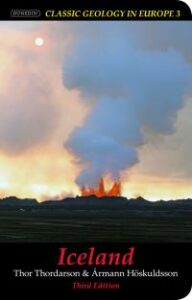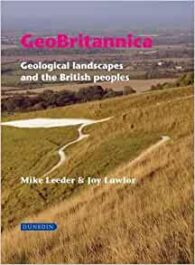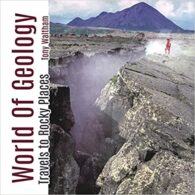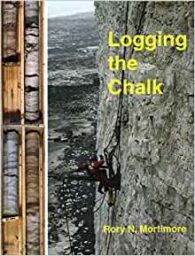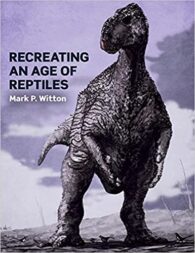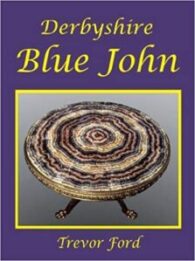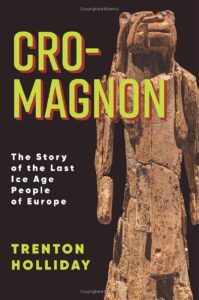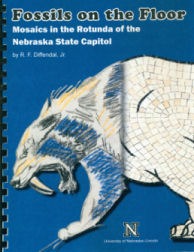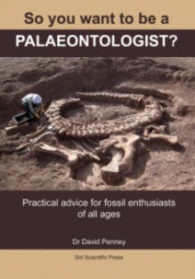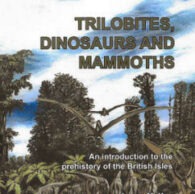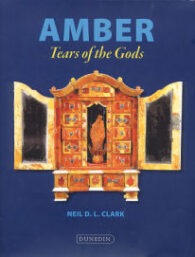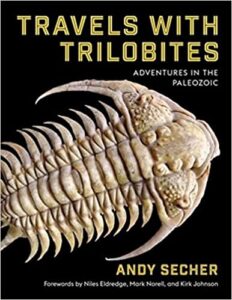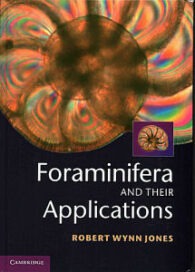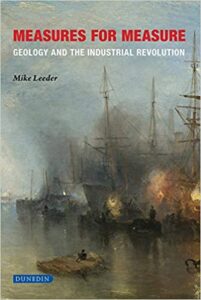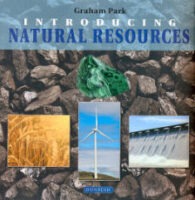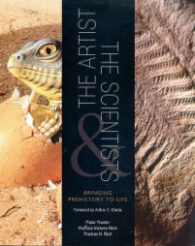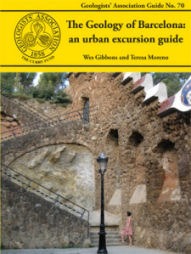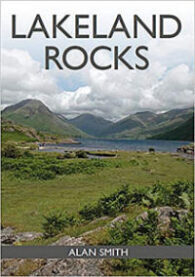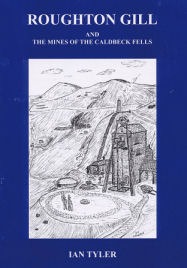I reviewed the 2nd edition of this guide a while ago and as I said then, iceland seems to set the hearts of certain geologists racing and reading this field guide and that previous incarnation it is abundantly clear why. Iceland’s fascinating geology is clearly set out in this concise and authoritative book. The island, astride the Mid-Atlantic Ridge, is a ‘natural laboratory’ where the earth sciences can be watched in real-time. Rifting of the crust, volcanic eruptions and glacial activity are among a host of processes and features that can be observed in this fascinating land.
